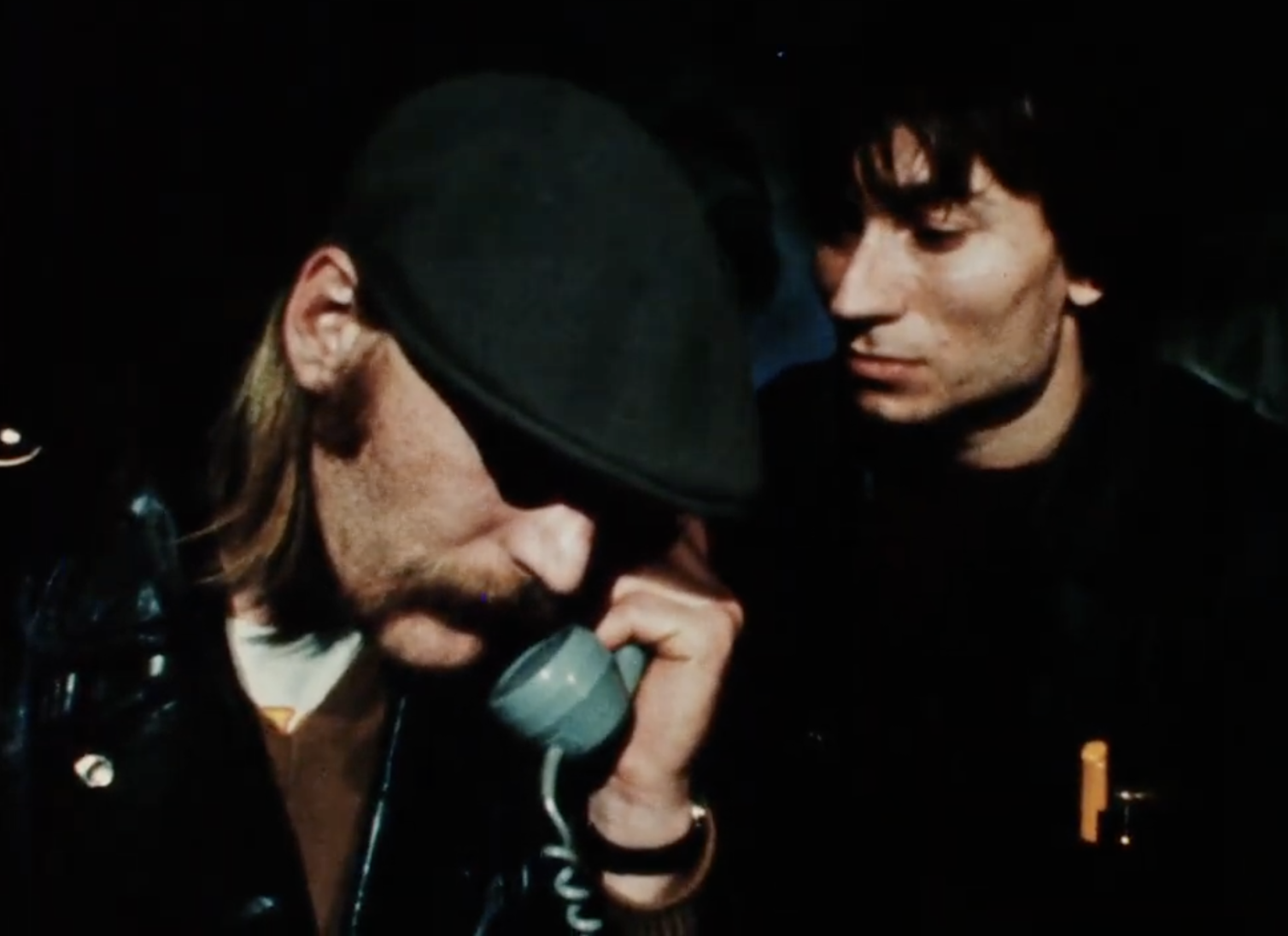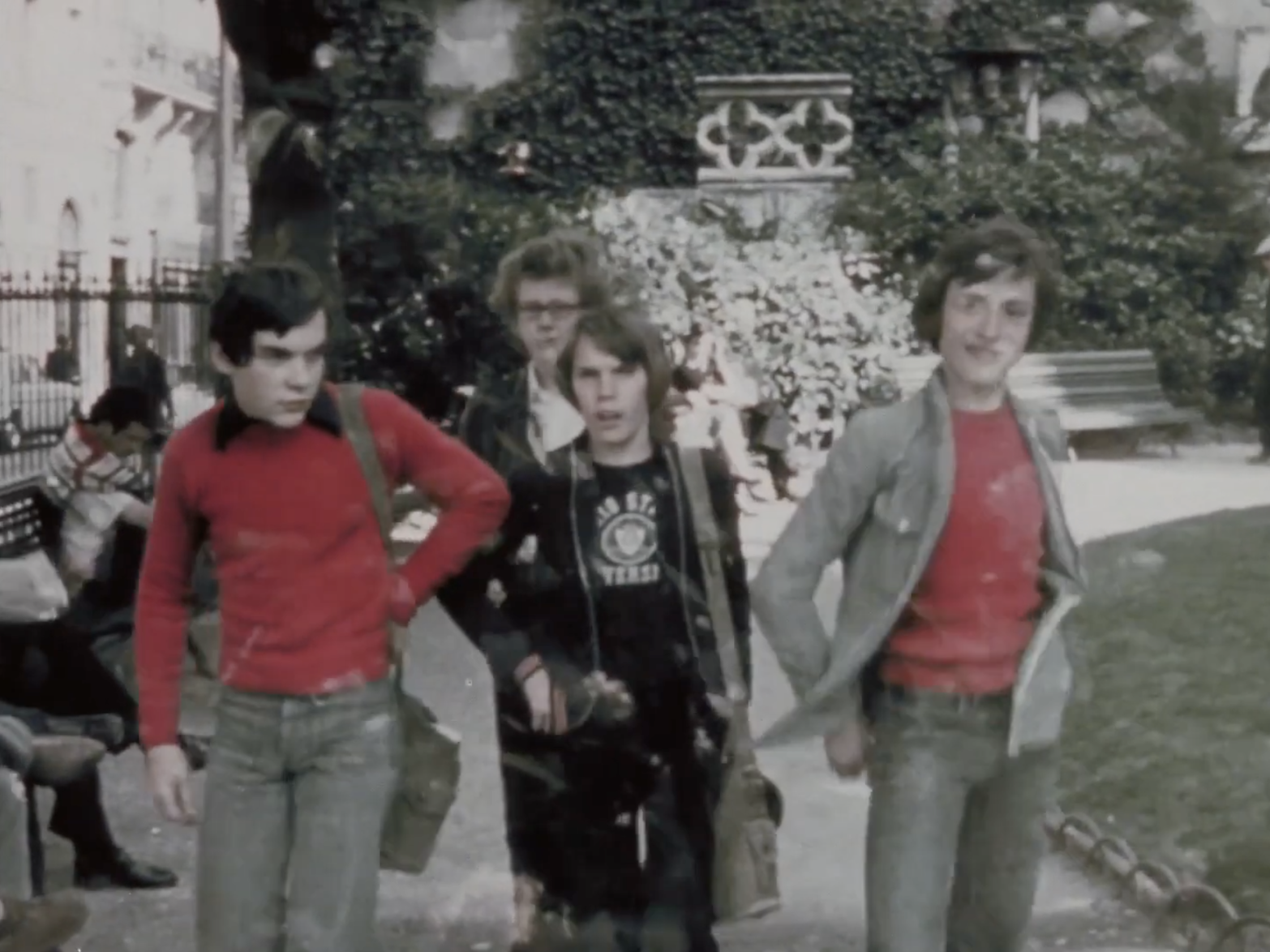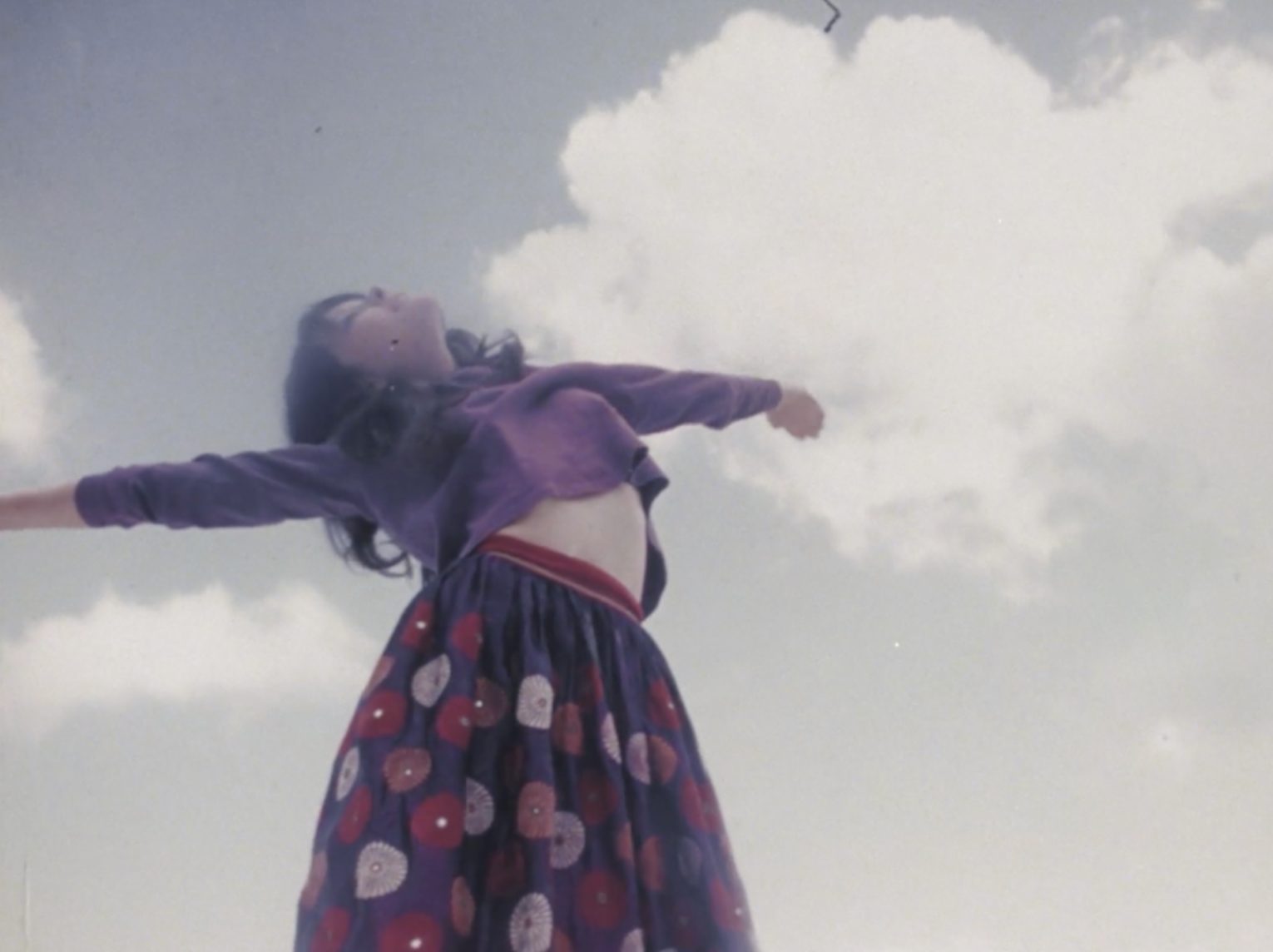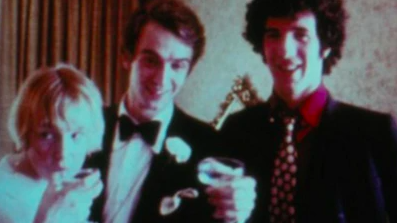The Warren Sonbert Collection
/Warren Sonbert (1947—1995) was one of the seminal figures working in American experimental film. His early films — from 1966’s AMPHETAMINE through to 1973’s CARRIAGE TRADE — are currently available from GME as Digital Site Licenses (DSLs). Sonbert’s montage films will become available from GME later in 2025.
Read More




















